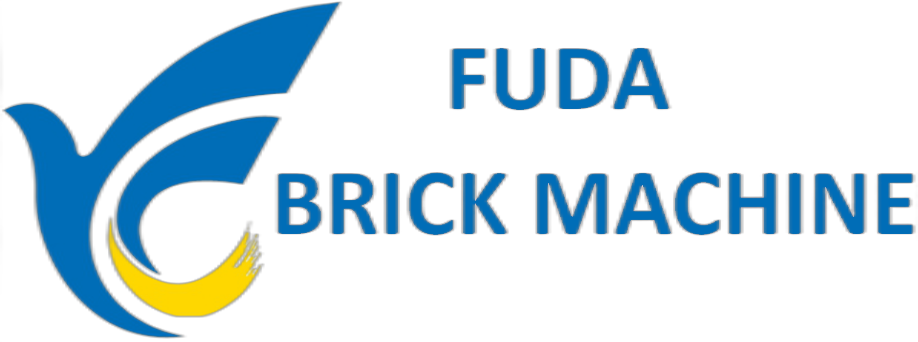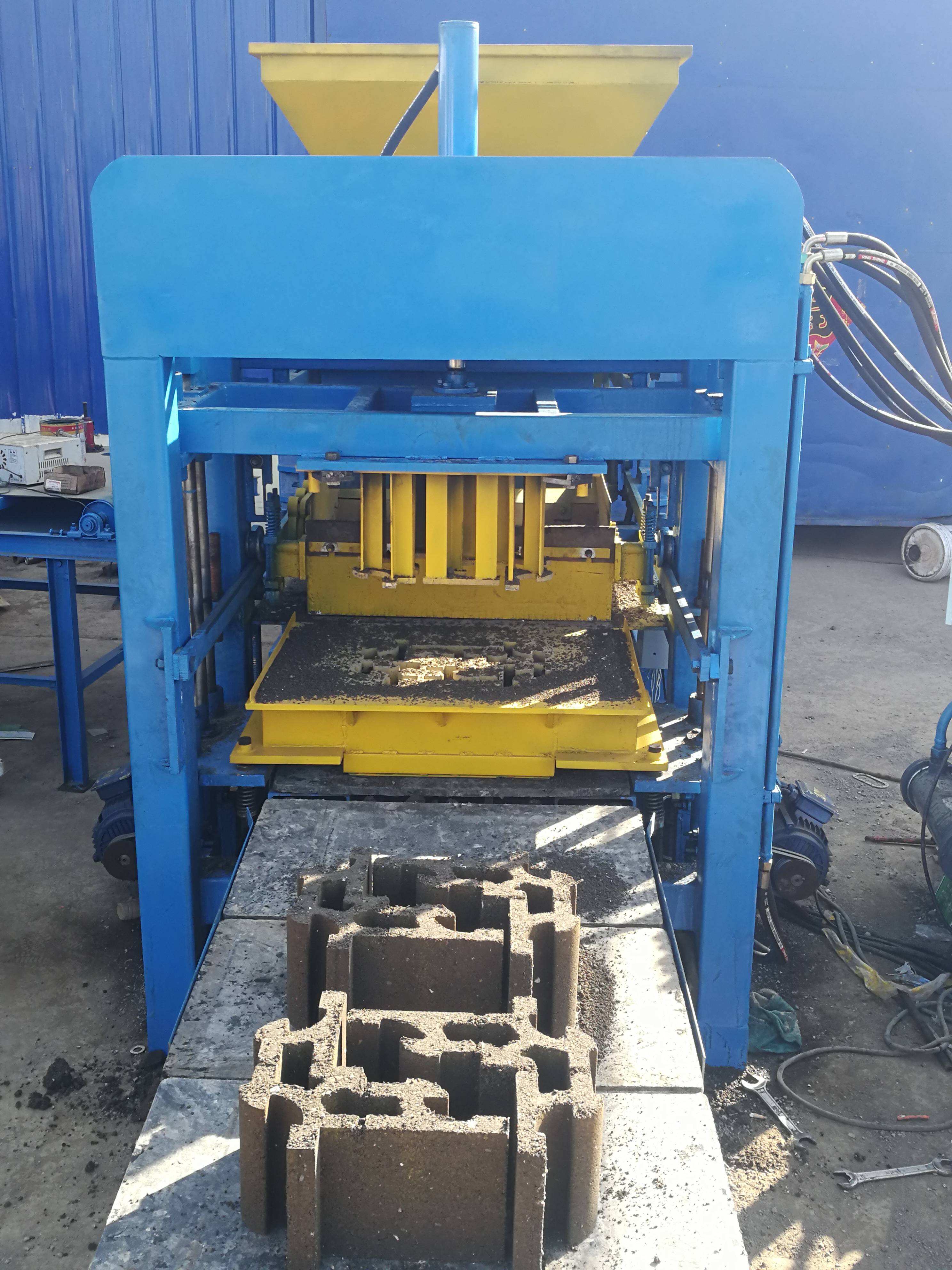Reducing Labor and Material Costs with Semi Automatic Block Making Machine
Semi automatic block makers cut down on running costs mainly because they make better use of both labor and materials. When about two thirds of the forming and pressing work gets automated, just one or two people can do what used to take four or five manual workers, which drops labor bills somewhere around 40 to 55 percent based on latest industry reports from 2023. The machines also save money on cement since they measure it so precisely, using roughly 12 to 18 percent less than when mixed manually. Plus, those built in vibrations pack the material together really well, getting close to 99.5 percent compaction rate for standard blocks. These efficiency gains have been confirmed through various tests across different manufacturing facilities recently.
Long-Term Energy Efficiency and Lower Maintenance Expenses
The newer semi automatic machines actually use about 30 percent less electricity when compared to those old fashioned manual ones because they come equipped with these smart hydraulic systems plus better cycle management features. When it comes to keeping things running smoothly without breaking the bank on repairs, there are several factors at play here. First off, the molds made from special alloy steel can handle well over ten thousand production cycles before showing signs of wear. Then we have those bushings that don't need constant lubrication anymore so no more messing around with grease every day. And finally, most parts are designed to be replaced individually rather than having to replace entire sections during maintenance checks. According to some research published last year by plant operations folks, facilities switching to these systems saw around a twenty two percent drop in both their energy bills and maintenance expenses for each thousand units produced compared with traditional methods still in use today.
Comparative Analysis: Manual vs. Semi-Automatic Machine Operating Costs
| Cost Factor | Manual Production | Semi-Automatic Machine | Savings (%) |
|---|---|---|---|
| Labor (Monthly) | $2,850 | $1,200 | 57.9% |
| Material Waste | $380 | $90 | 76.3% |
| Power Consumption | $210 | $150 | 28.6% |
| Equipment Downtime | 18 hrs | 4 hrs | 77.8% |
Data reflects 12-month averages from 35 construction material manufacturers (2023 ICCM Report).
Case Study: Cost Reduction in Small-Scale Construction Projects
A small block manufacturing company based in the Midwest saw their overall project expenses drop by nearly a third when they brought in semi automatic equipment for production. They noticed some pretty impressive changes too. Their crews finished laying down those 15,000 blocks for housing foundations almost twice as fast as before. The automated mixing system cut down on wasted cement by around 19 percent, which is a big deal when you think about all the material costs. Labor bills went down too, saving roughly eight thousand dollars each month at their three construction sites. The investment paid itself back in just over a year thanks to these efficiency boosts and the fact that they could take on more contracts than ever before.
Time Efficiency and Project Timeline Optimization
How Semi Automatic Block Making Machine Accelerates Construction Schedules
Automated measurement and ejection cycles enable semi-automatic machines to complete production phases 35% faster than manual methods. Continuous operation eliminates typical 6–8 hour gaps caused by shift changes. Construction technology studies show that real-time progress tracking and automated logging help projects using these systems reduce scheduling buffers by 19%.
Precision Molding for Faster, Error-Free Block Production
Hydraulic controls maintain ±1.5mm dimensional accuracy, minimizing reconstruction work that can consume 14% of traditional timelines. Blocks are ready for curing immediately, allowing wall assembly to begin two hours earlier per batch compared to sun-drying techniques.
On-Site Integration: Streamlining Workflow and Reducing Delays
Mobile configurations support block production within 50 meters of construction zones, eliminating 3–4 day transport delays. Integrated moisture sensors automatically adjust water ratios during mixing, preventing the 12–18 hour halts typically required for manual quality checks.
User-Friendly Operation and Minimal Training Requirements
Intuitive Design of Semi Automatic Block Making Machine
The latest semi automatic machines come equipped with control panels designed for comfort, featuring bright color coding and preset options that cut down on mistakes during operation. According to recent studies from Fillers Packer in 2023, these improvements actually reduce errors by around 38% when compared against traditional manual systems. What makes them so user friendly? Think tactile buttons that respond well under gloved hands, plus menus that aren't buried five layers deep somewhere. Operators can tweak mold settings or change mixing proportions on the fly without needing special training first. And guess what? This approach isn't just random marketing fluff either. The 2024 Industrial Usability Report points out exactly this kind of interface design as crucial for keeping things moving smoothly in smaller production environments where every minute counts.
Low Learning Curve for Operators in Diverse Work Environments
Most operators who have some basic vocational training usually get up to speed after about six to eight shifts on the job. They benefit from standardized work sequences and those handy real time feedback screens that show what's going on. The machines themselves help out quite a bit these days too. Things like automatic vibration sync and built in diagnostic warnings mean less hands on monitoring. A single crew can actually handle several machines at once without getting overwhelmed. This kind of flexibility really makes a difference in places where staff turnover runs high or where crews speak different languages. Factories in such areas find this setup saves them money and keeps production running smoothly despite the challenges.
Field Feedback on Usability Across Interlocking Block Making Models
Linyi Yingcheng International Trade Co Ltd saw something remarkable happen when they upgraded to semi automatic interlocking blocks last year their training periods dropped by almost half, down to 55%. The maintenance staff were particularly impressed with how easy it was to swap out parts without tools, saving them around 22% in lost production time during their big expansion project in 2023. Most interestingly, when we checked in with industry professionals recently, over 8 out of 10 said they would suggest these kinds of systems whenever a job needs workers to get up to speed quickly on new equipment.
Design Flexibility and Reliable Quality Output
Customizable Block Shapes and Sizes for Varied Architectural Needs
Semi-automatic block making machines can produce over 200 unique block designs, ranging from standard rectangular units to curved or textured variants. This flexibility meets rising demand in architecture, where 63% of professionals now specify custom blocks for aesthetic or functional purposes (Global Construction Trends Report 2024).
Adapting to Market Demand with Interchangeable Molds
Interchangeable molds allow quick transitions between product lines—a key advantage as modular construction grows at 12% annually. A single operator can switch molds in under 30 minutes, enabling seamless shifts from residential interlocking bricks to commercial hollow blocks without production delays.
Case Study: Unique Interlocking Patterns in Modern Building Projects
A midwestern U.S. contractor used interlocking block patterns to build earthquake-resistant retaining walls. The semi-automatic system enabled precise 3D mold configurations, reducing material waste by 18% and achieving 97% structural consistency across 10,000 units—performance levels unattainable with manual methods.
Consistent Quality Through Precision Engineering and Process Control
Vibration-compaction technology and automated moisture sensors deliver ±0.5mm dimensional accuracy, exceeding ASTM C90 standards. Process control systems dynamically adjust hydraulic pressure (8–12 MPa) and curing time (18–24 hrs.), ensuring uniform density and compressive strength (≥15 MPa) across all batches.
FAQ
What are the primary benefits of using semi-automatic block making machines?
Semi-automatic block making machines primarily offer reduced labor and material costs, improved energy efficiency, lower maintenance expenses, and higher production capacity. They also provide time efficiency, user-friendly operation, and design flexibility.
How much can I save on labor and materials with these machines?
Industries report that switching to semi-automatic block making machines can reduce labor bills by 40-55% and use about 12-18% less cement compared to manual mixing.
How do these machines contribute to energy savings and reduced maintenance costs?
Semi-automatic machines use around 30% less electricity due to advanced hydraulics and smart cycle management. Additionally, they require less frequent maintenance and use durable materials, resulting in a 22% reduction in maintenance and energy costs.
What is the production capacity of a semi-automatic block making machine?
These machines can produce between 2,000 to 5,000 blocks per day, depending on block size and mold configuration, which is significantly higher than manual methods.
Are these machines suitable for small and medium-sized firms?
Yes, with modular designs, semi-automatic block making machines are ideal for firms seeking scalable manufacturing solutions. They allow for incremental upgrades without complete line overhauls, making them highly adaptable.
Table of Contents
- Reducing Labor and Material Costs with Semi Automatic Block Making Machine
- Long-Term Energy Efficiency and Lower Maintenance Expenses
- Comparative Analysis: Manual vs. Semi-Automatic Machine Operating Costs
- Case Study: Cost Reduction in Small-Scale Construction Projects
- Time Efficiency and Project Timeline Optimization
- User-Friendly Operation and Minimal Training Requirements
- Design Flexibility and Reliable Quality Output
-
FAQ
- What are the primary benefits of using semi-automatic block making machines?
- How much can I save on labor and materials with these machines?
- How do these machines contribute to energy savings and reduced maintenance costs?
- What is the production capacity of a semi-automatic block making machine?
- Are these machines suitable for small and medium-sized firms?

